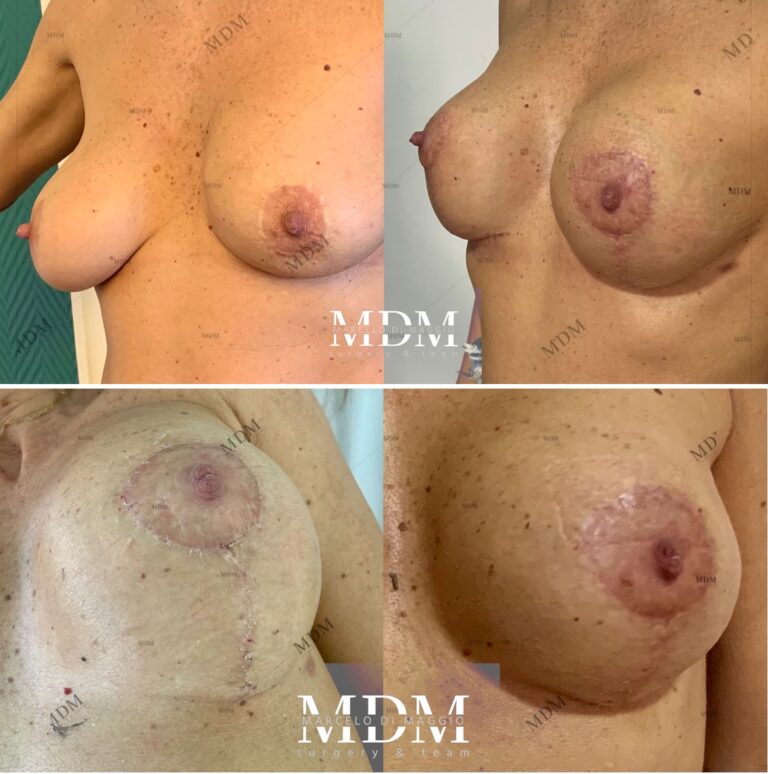BREAST SURGERY
The surgeon places the implants chosen by the patient according to the type of thorax and quality of her own tissues and also according to what the patient is looking for as a result. Each implant location has advantages and disadvantages. Behind the pectoral muscle, it is a more complex procedure and the recovery period is a little longer, but it has the advantage that the muscles hide the contour of the implant from being noticeable, giving the breasts a more natural appearance, another characteristic is that in this location the implants interfere less with mammograms.
With regard to the subglandular location of the prosthesis, it is undoubtedly the most requested by young patients who already have a certain amount of breast volume, it produces a more harmonious and more noticeable breast, it has an easier recovery and it is the one chosen by young athletes , since it does not involve the pectoral muscles. 2 types of incisions are used, which are the most common: Periareolar: a semicircular incision that follows the lower contour of the areola. The other incision is the submammary: in the lower crease of the breasts, where they meet the skin of the chest. Based on the characteristics of your own body and the type of implant chosen, the surgeon determines which of the two incisions is the most suitable for you.






MASTOPEXY
Breast lift or mastopexy is a surgical procedure used to reposition sagging or pusted breasts. It begins with the choice of the appropriate technique according to the diagnosis and degree of breast ptosis of each patient. Dr. MDM recommends performing the pexy in 90% of cases together with the placement of an implant, since the result is excellent.
REDUCTION MAMOPLASTY
(BREAST REDUCTION X GIGANTOMASTY)
It is the procedure by which the size, shape of the breast and the height of the nipple-areola complex are modified, and its main diagnosis is breast hypertrophy or gigantomastia. As in the case of mastopexy, there are different techniques, each one has a precise indication according to the degree of complexity of each patient, which is related to the degree of gigantomasty and breast ptosis.